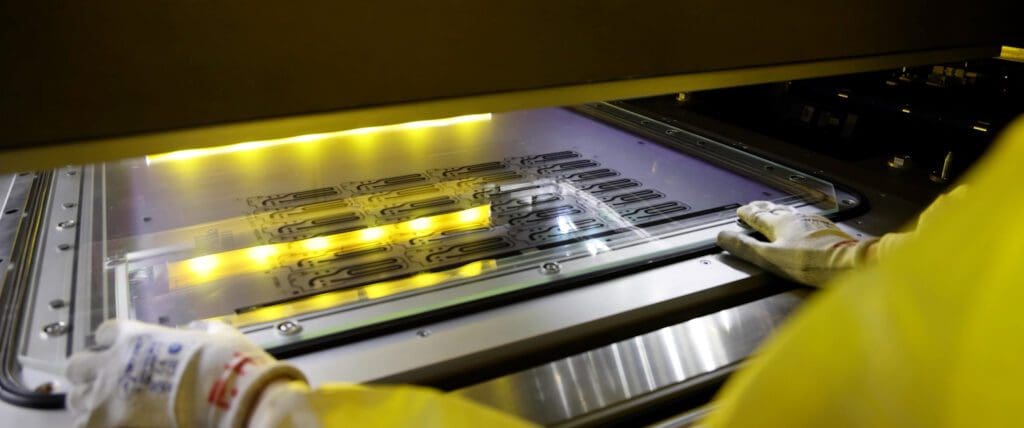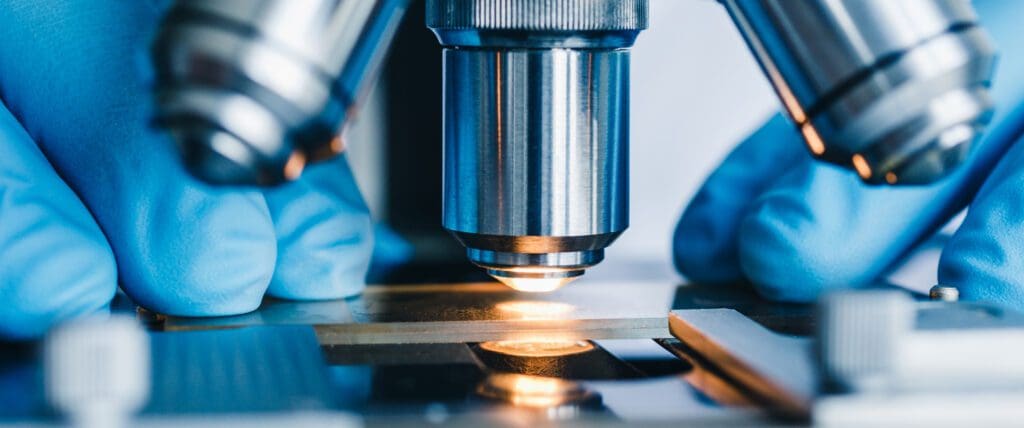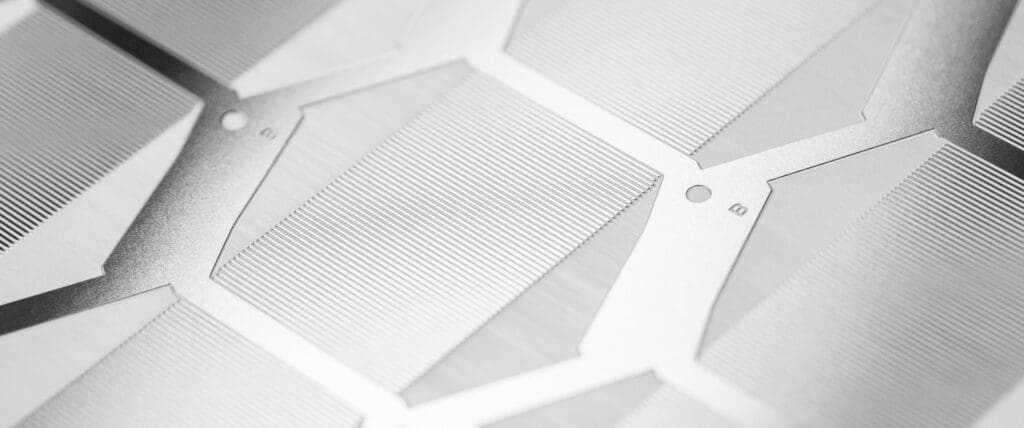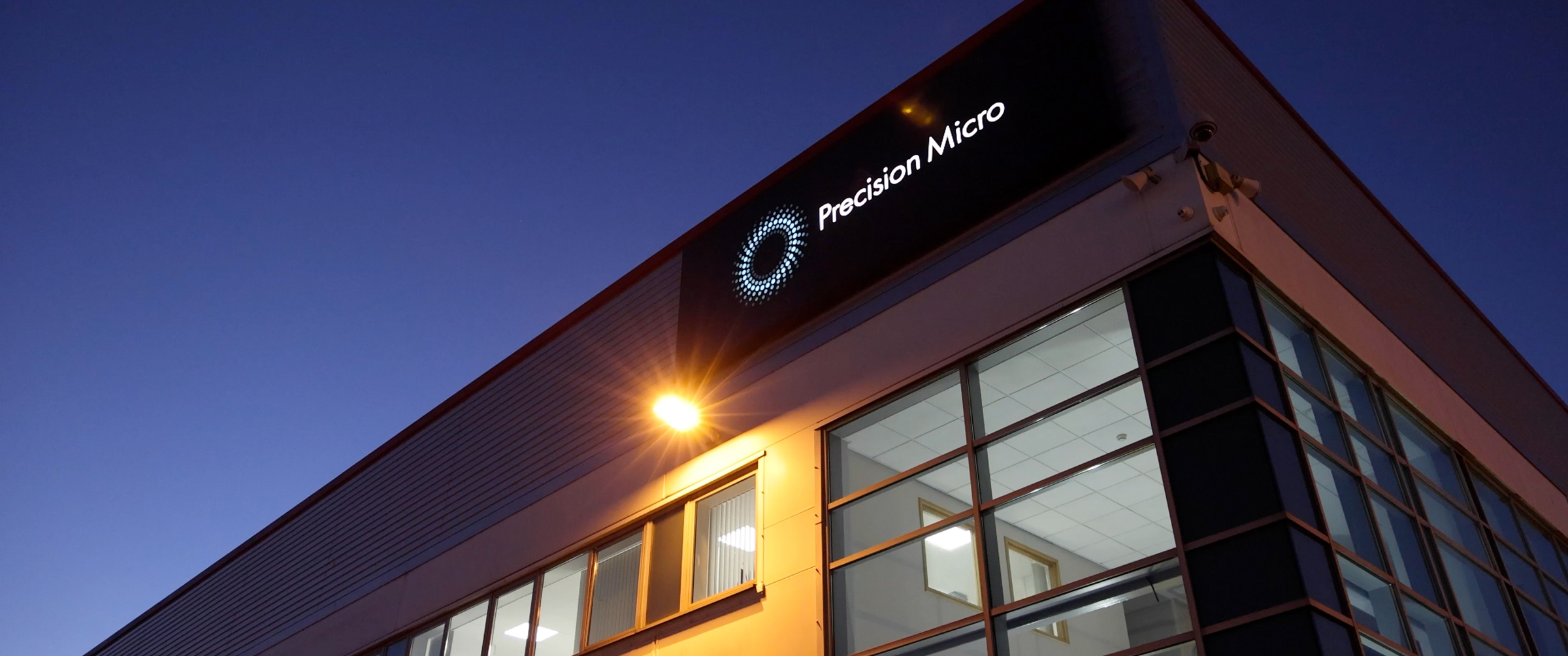How chemical etching is transforming the world of electric vehicle design

We have turned a corner in the world of automotive manufacturing. Design engineers are now shifting their attention to new technologies to ensure they aren’t left in the dust by disruptive start-ups.
Karl Hollis, Director of Engineering at Precision Micro, discusses how photochemical etching can enable manufacturers to produce specialist EV components more cost-effectively, without compromising on precision.
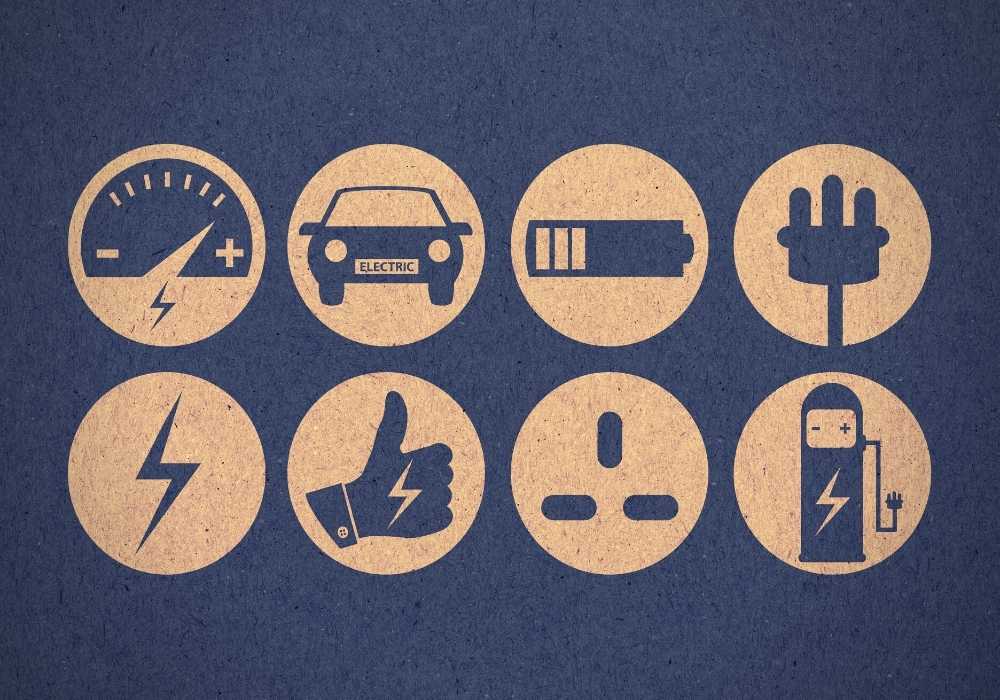
Electric vehicles (EVs) now overtaking diesel-powered models
In December 2021, European sales of electric cars overtook diesel models for the first time.
According to data compiled by The Financial Times and independent auto analyst Matthias Schmidt, over 20% of new cars sold across 18 European markets were powered solely by battery technology.
Adopting new manufacturing processes for EVs
With governments across Europe also providing subsidies and grants to further encourage uptake, the demand for electric vehicles is only going to soar from here.
As a result, manufacturers are looking to adopt new processes to produce next-gen vehicles, with different components and levels of supply chain collaboration required to deliver performance efficiently and cost-effectively.
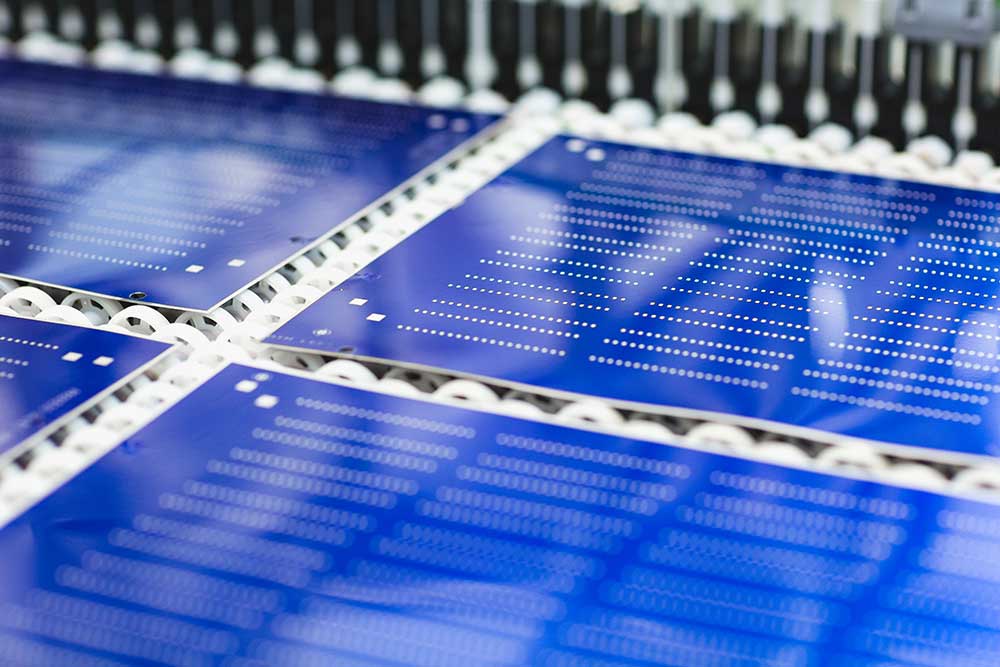
What is photochemical etching?
An alternative to traditional stamping and laser cutting, photochemical etching is a subtractive sheet metal machining process that uses chemical etchants to create complex and highly accurate precision components from almost any metal.
The geometric complexity and precision tolerances offered by chemical etching make it not just a desirable manufacturing process but, in some instances, the only technology suitable for critical metal components.
Although for some EV parts traditional machining methods would be adequate, the tooling required can cost significantly more. Also, non-standard materials, thicknesses and grades can be a limitation.
Photo-etched electric vehicle components
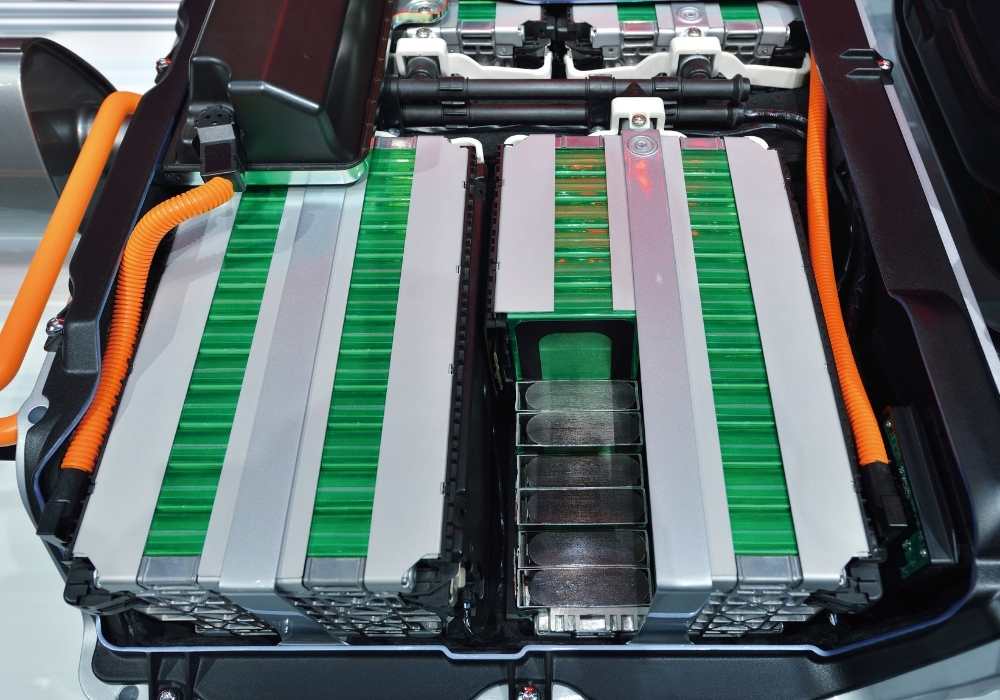
Busbars for EV batteries
Typically produced from copper or aluminium, busbars are solid metal bars used to carry electric current.
Unlike cables, they are shorter in height and carry more power, making them ideal for linking cell modules in electric vehicle batteries.
Busbars are typically stamped then sent to be machined separately but using two different processes is slower and can incur additional costs. Progressive die stamping, a single process alternative, can incur expensive upfront tooling costs.
Chemical etching, by comparison, offers a simpler solution. Using digital tooling, prototypes can be produced faster, often in just a few days, and with significantly lower financial outlay.
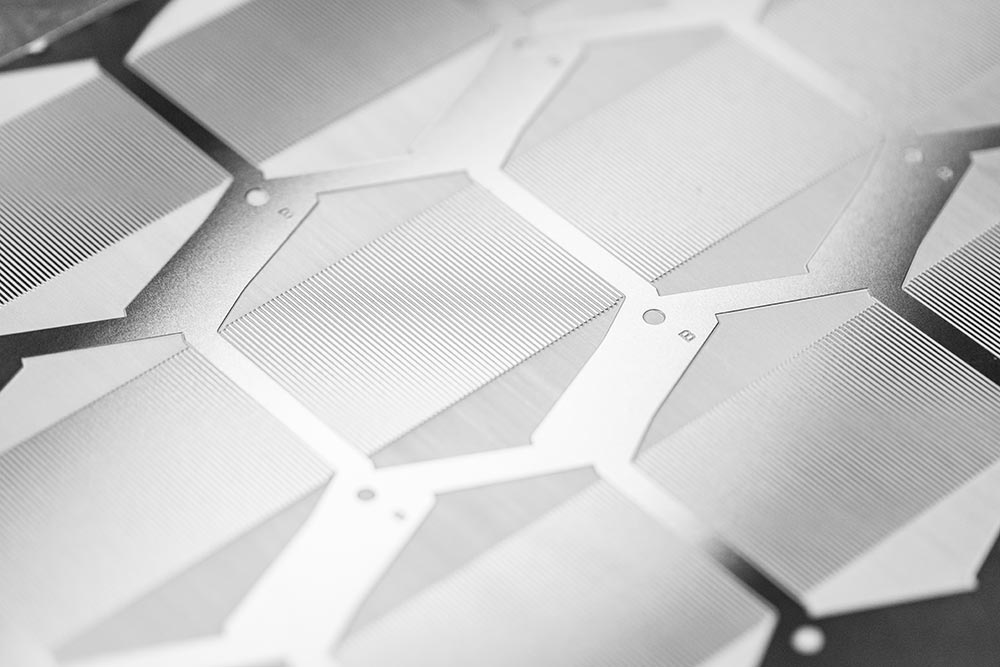
Bipolar plates for FCEV
Hydrogen fuel cells are used to store and deliver power within fuel cell electric vehicles (FCEVs) and are one of the most efficient options for doing so.
They are produced by stacking precise and intricate plates, machined with complex grooves or channels, which enable liquid and gases to flow. These can be variously manufactured using CNC-machining, hydroforming and stamping, but there are question marks over the scalability and capability of these processes.
Creating plates using traditional metalworking technologies such as stamping and hydroforming compromise planarity (flatness) and introduce stresses and burrs. Tooling can also be slow and uneconomical to produce – in some instances many months – increasing development timelines.
The photochemical etching process can offer manufacturers significant advantages when producing complex fluidic components such as bipolar fuel cell plates, reducing inefficiencies while maintaining precision and increasing time to market.
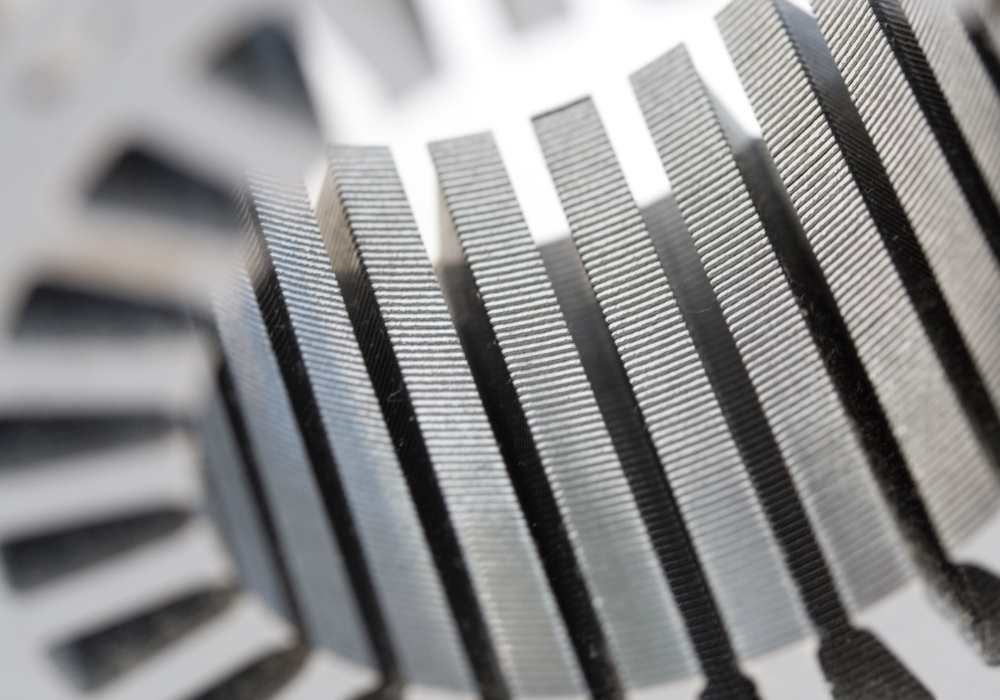
Motor laminations
The etching process can be used to produce metal laminations that power electric motors.
Sometimes known as silicon or electrical steel laminations, they are manufactured from electrical steels, stacked then bonded to form the core of transformers or the stator and rotor of electric motors.
Though motor laminations are often cut using stamping, this process can cause residual stress which alters the magnetic properties of electrical steels, and burrs which can cause problems during winding.
What are the benefits of photo-etching EV components?
Distortion-free, and fast
First, and probably most importantly, the photochemical etching process requires no hard tooling.
Its use of digital technologies means tooling can be produced and adapted much more affordably, providing automotive manufacturers with the ability to be agile and with minimum disruption on the overall manufacturing process.
The process also allows a speedy transition between prototyping and high-volume production.
The quality of the final product can also be improved. In the automotive industry, where safety and performance are critical, photochemical etching allows manufacturers to produce highly repeatable components that are free of the burring and stresses that can occur through traditional machining.
This is particularly important for bipolar fuel cell plates where imperfections can compromise stack bonding and ultimately lead to product failure.
In the metal lamination production process, the non-contact and non-heat inducing nature of chemical etching guarantees there are no alterations in the properties of electrical steels. This means laminations can be manufactured with zero distortion and no post-process annealing.
Etched busbars are 100% burr-free and flat. They can also be depth-etched to the required thickness at the point of contact with accuracy to ±0.020mm, leaving the remaining material at full thickness for improved conductivity.
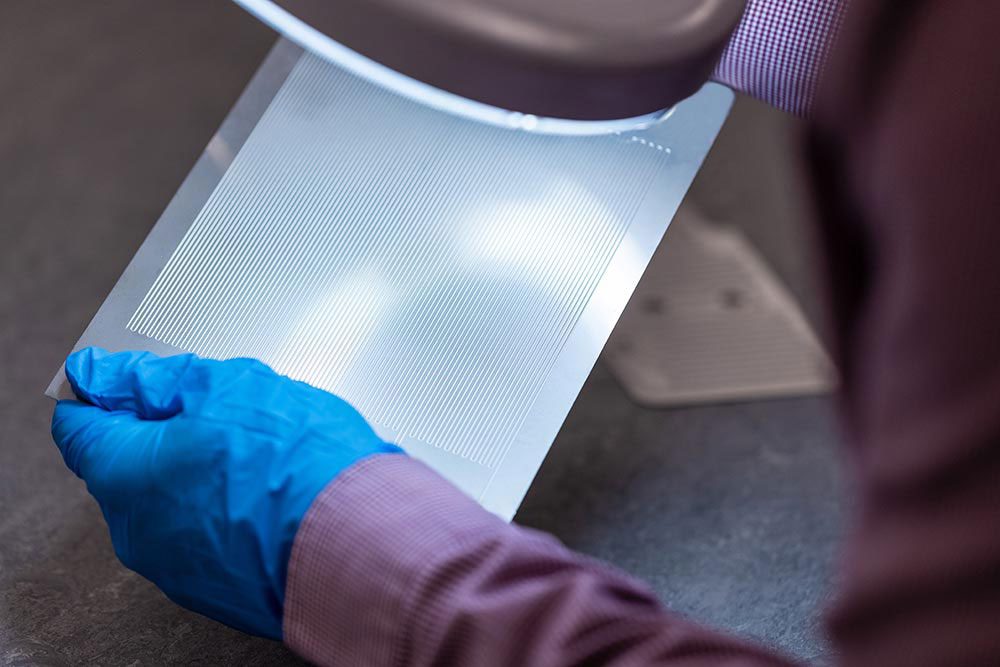
Lead times are measured in days, not months
Photochemical etching removes metal simultaneously, meaning complex channels or flow fields can be etched on both sides of the bipolar plate to an accuracy of ±0.020 mm.
This versatility enables designers to vary the size and shape of channels and incorporate headers, collectors and port features without additional cost.
Despite offering almost unlimited complexity in component design, speed is not compromised with photochemical etching. In fact, unlike traditional machining lead times, chemical etching is measured in days rather than months.
Flexibility of materials
Precision Micro often manufactures bipolar plates from 316L-grade stainless steel, but plates can also be specified in exotic and hard-to-machine metals such as titanium and aluminium for lighter-weight and corrosion resistance.
For motor laminations, all grades of electrical steels, silicon steels, nickel-iron alloys and iron-cobalt alloys can be supplied. Proprietary grades such as VACOFLUX® can also be etched.
Busbars can be supplied from copper, brass or aluminium as standard, with one-offs to high-volume production supply possible using the same tooling in days.
Summary
The versatility of the photochemical etching process, coupled with 60 years of Precision Micro’s etching expertise, makes it a compelling option for the manufacture of complex sheet metal parts within the electric vehicle manufacturing supply chain.
As well as stimulating the innovation required by an industry that is changing at pace, it removes obstacles for design engineers inherent in traditional technologies.
Chemical Etching Whitepaper
Learn how chemical etching can overcome the limitations of traditional sheet metal machining technologies.
Download